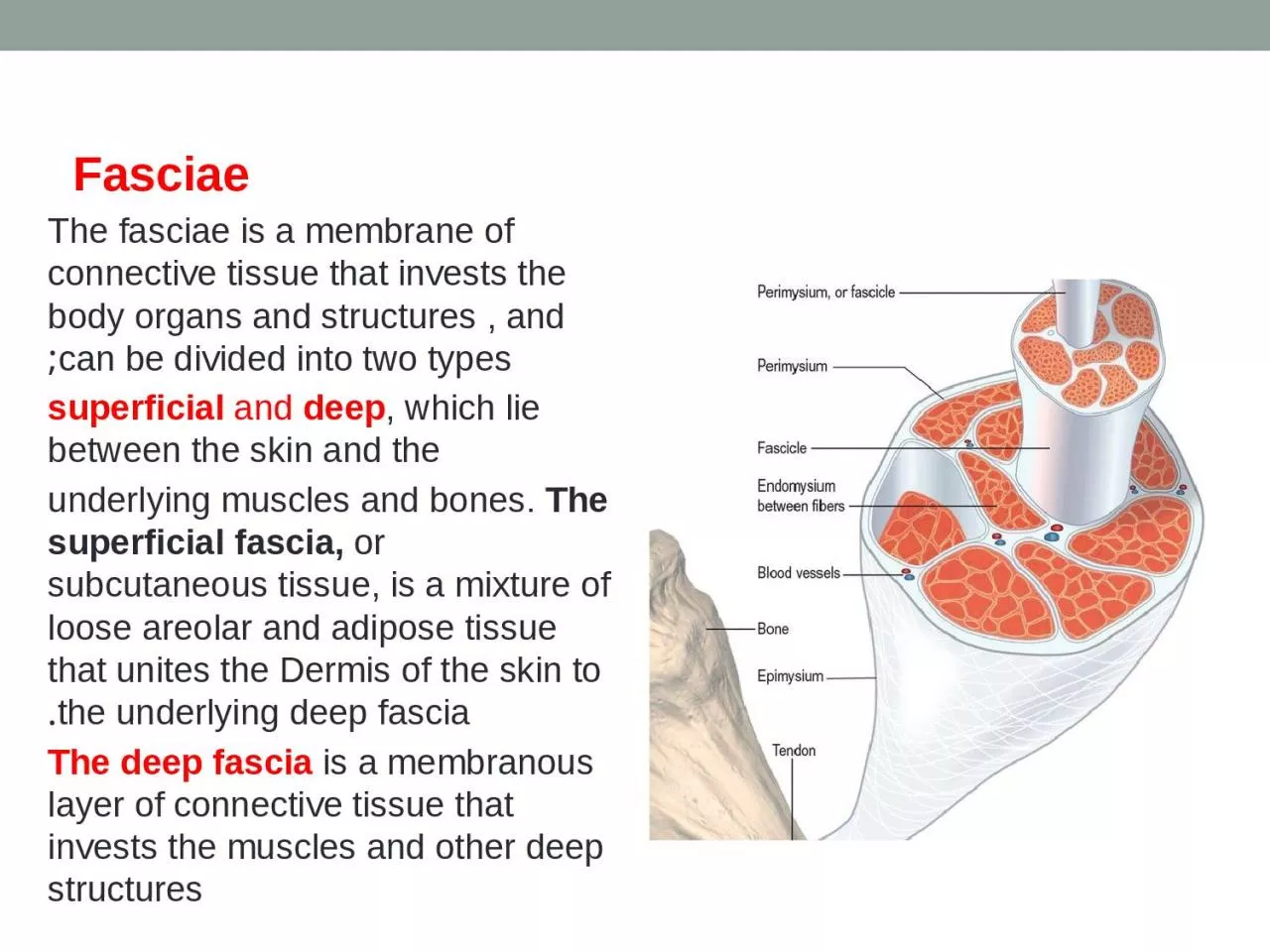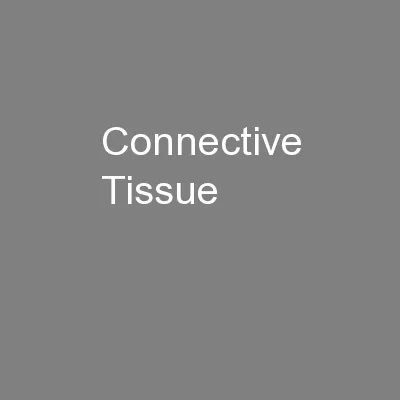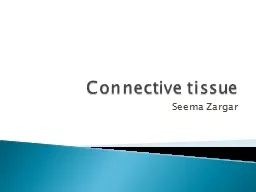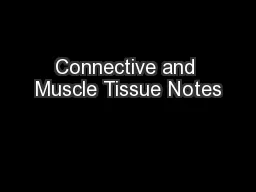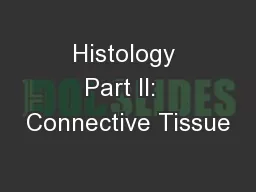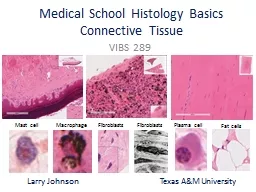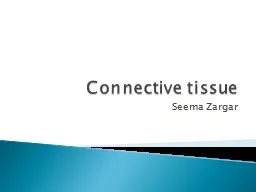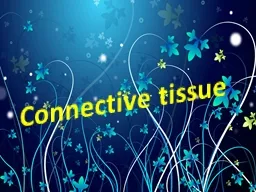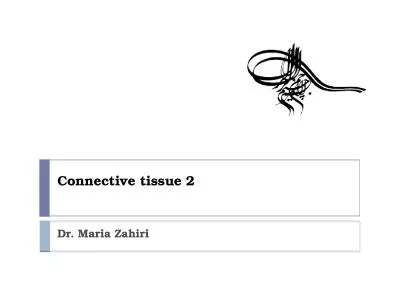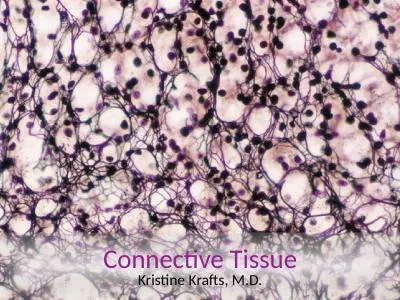PPT-Fasciae The fasciae is a membrane of connective tissue that invests the body organs
Author : madison | Published Date : 2024-03-15
superficial and deep which lie between the skin and the underlying muscles and bones The superficial fascia or subcutaneous tissue is a mixture of loose areolar
Presentation Embed Code
Download Presentation
Download Presentation The PPT/PDF document "Fasciae The fasciae is a membrane of c..." is the property of its rightful owner. Permission is granted to download and print the materials on this website for personal, non-commercial use only, and to display it on your personal computer provided you do not modify the materials and that you retain all copyright notices contained in the materials. By downloading content from our website, you accept the terms of this agreement.
Fasciae The fasciae is a membrane of connective tissue that invests the body organs: Transcript
Download Rules Of Document
"Fasciae The fasciae is a membrane of connective tissue that invests the body organs"The content belongs to its owner. You may download and print it for personal use, without modification, and keep all copyright notices. By downloading, you agree to these terms.
Related Documents

